
- arrow_back Home
- keyboard_arrow_right Moroccan Craft

Moroccan Crafts : A Rich Tradition of Art and Heritage 🏺✨
Moroccan crafts are more than just decorative items is a land renowned for its exquisite craftsmanship, where age-old traditions blend with vibrant creativity. Moroccan crafts not only serve functional purposes but also reflect the country’s cultural identity, history, and artistic soul.
Types of Moroccan Crafts
- Moroccan Rugs and Carpets (Zanafi, Beni Ourain, Azilal)
- Handmade with wool, these rugs are known for their geometric patterns and bright colors.
- Beni Ourain carpets are especially popular for their minimalist, black-and-white designs.
- Pottery and Ceramics
- Moroccan pottery, especially from Safi and Fez, features intricate floral designs in blue, white, and green.
- Zellige tiles, crafted by hand, are widely used in Moroccan architecture.
- Leather Goods (Babouches, Bags, Poufs)
- Moroccan tanneries, such as the famous one in Fez, produce high-quality leather.
- Handmade leather items include slippers, handbags, and ottomans (poufs).
- Metalwork and Lanterns
- Moroccan artisans craft delicate lanterns and trays from brass and copper.
- These lanterns add warmth and character to homes with their intricate patterns.
- Jewelry and Accessories
- Moroccan jewelry, particularly from the Amazigh (Berber) community, features silver, amber, and turquoise stones.
- These pieces often carry symbolic meanings, reflecting cultural heritage.
- Textiles and Embroidery
- Moroccan textiles include woven blankets, kaftans, and traditional clothing such as djellabas.
- Embroidered items showcase regional craftsmanship from Rabat, Fez, and Marrakech.
Where to Find Moroccan Crafts
- Marrakech Souks: A treasure trove of carpets, lanterns, and ceramics.
- Fez Medina: Known for leather tanneries and exquisite pottery.
- Essaouira: Famous for wooden handicrafts and jewelry.
- Safi: The hub of Moroccan pottery and ceramics.
Why Moroccan Crafts Are Special
- Handmade Excellence: Each craft is carefully handmade, often using techniques passed down through generations.
- Cultural Symbolism: Moroccan crafts reflect the country’s diverse cultural influences, from Amazigh heritage to Andalusian art.
- Eco-Friendly Materials: Many crafts are made with natural materials such as wool, clay, and leather.
How to Choose Authentic Moroccan Crafts
- Check the Quality: Look for hand-stitched seams in leather products or tightly woven fibers in rugs.
- Talk to the Artisans: Many artisans will share stories about the significance and creation process of their crafts.
- Shop in Reputable Souks: Souks in Marrakech, Fez, and Chefchaouen are known for high-quality crafts.
Best Moroccan Crafts for Souvenirs
- Leather Babouches: Comfortable and stylish Moroccan slippers.
- Zellige Tiles: Perfect for home décor projects.
- Brass Lanterns: Create a warm, exotic ambiance at home.
- Handwoven Rugs: A piece of Morocco’s artistic tradition for your living room.
Moroccan Crafts and Sustainability
Many Moroccan artisans follow sustainable practices by using natural dyes, recycled materials, and eco-friendly production methods. Supporting local crafts not only helps preserve Moroccan heritage but also promotes responsible tourism.Moroccan Craft
Conclusion
Moroccan crafts are more than just decorative items; they represent a lifestyle deeply rooted in tradition, history, and artistry. Whether you’re searching for a luxurious carpet, intricate lantern, or handcrafted leather item, Morocco offers a wide variety of unique crafts that make memorable souvenirs. Explore the bustling souks and medinas to find a piece of Morocco to bring home, and experience the magic of its artisanship.
Search in this site
Categories
-
Latest news
- Marrakech to Merzouga desert tour : The Ultimate Guide
- Discover the Magic of Moroccan Vegetable Tagine 🥕🍅✨
- The Ultimate Guide to Moroccan Wedding Caftans: Traditions, Styles & Modern Trends 👰♀️✨
- Traditional Moroccan Clothing: What to Know 🇲🇦👗✨
- 15 Exciting Things to Do in Safi Morocco: Your Complete Travel Guide 2024 🇲🇦
About us
At Morocco Visitor, we understand that every traveler’s needs are different. That’s why we’ve created a variety of resources to help you tailor your trip to your preferences.
Tips
No results
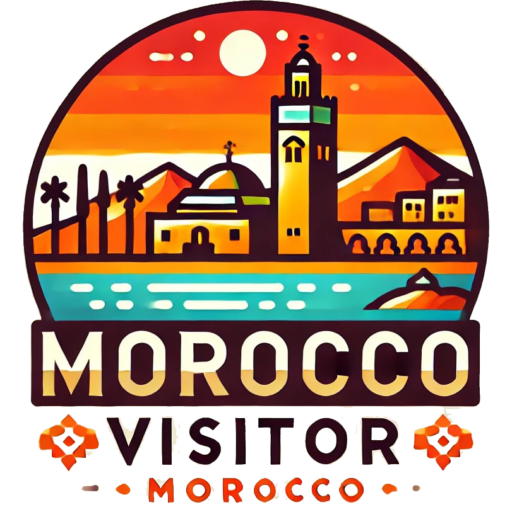
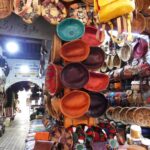

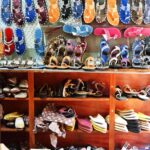
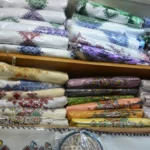
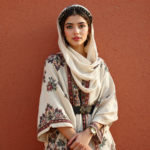
Be the first to leave a comment